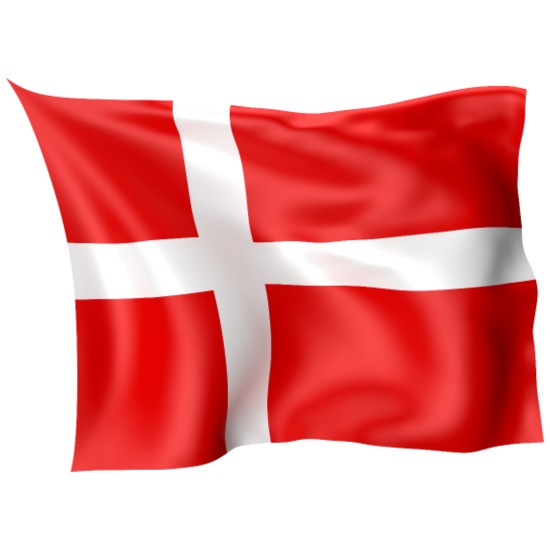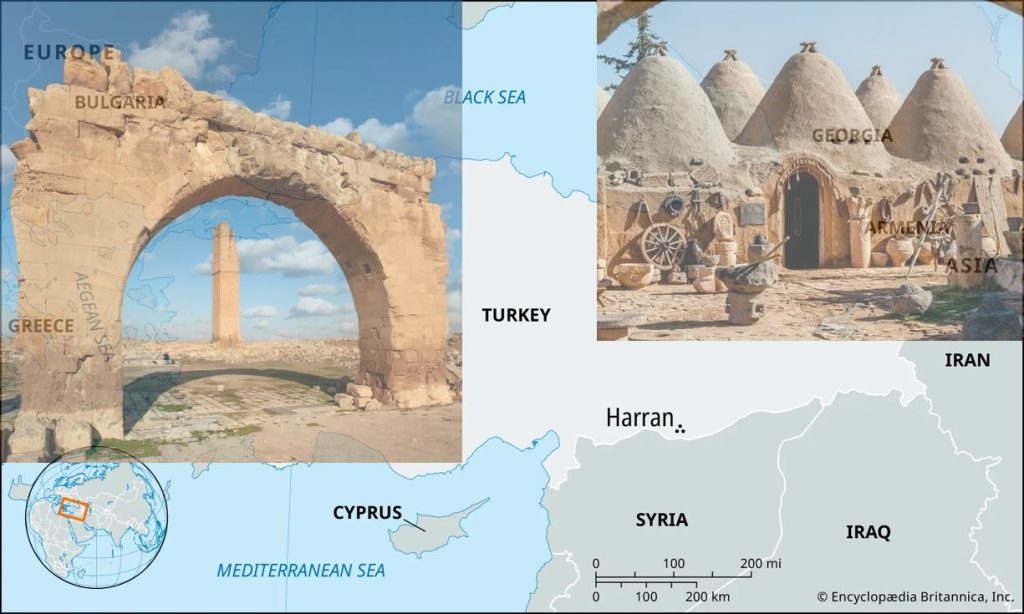For english version, »Scroll Down«
Lydfilen er med Engelsk tale; den er AI genereret ud fra data i dette opslag. Lyt og giv gerne respons.
This is a AI conversation with the matter of this page, you are frre to listen and give your response.

“Eber,
søn af Shela,
søn af Kenan,
søn af Arpaksjad,
søn af Sem”
I Jubilæumsbogen kapitel 8 vers 1 til 5 læser vi:
“I det niogtyvende jubilæum, i den første uge, i begyndelsen af den, tog Arpaksjad sig en hustru til sig selv, hun hed Rasu’eja og var datter af Susan, en datter af Elam, Sems søn, hun bar ham en søn i det tredie år i den uge, ham kaldte de Kenan.
Sønnen voksede op, og imens lærte hans far han at læse og skrive, så drog han ud for at finde sig et sted at bygge sig en by.
Da fandt han en stentavle som tidligere generationer havde udhugget, han læste hvad det var der stod på den, han oversatte det og i det syndede han; for tavlen indeholdt den undervisning som Vogterne, de faldne engle havde undervist i, den beskrev hvordan de kunne aflæse tegn og varsler, ud fra solen, månen og himmelens stjerner.
Han skrev det ned men fortalte ikke nogen om det, for han var bange for at snakke med Noa om det, da han hurtigt ville blive vred på ham netop på grund af det.
I den tredivte jubilæum, i den anden uges, første år, tog han en hustru som hed Melka, hun var datter af Madai, der var søn af Jafet, i det fjerde år fik hun en søn som de kaldte Shela; for som de sagde. ‘Jeg er virkelig blevet sendt’.”
Kenan fandt den stentavle, med den lærdom der var én af årsagerne til at vandfloden kom. Med den startede han alt astronomi og astrologi op igen. Kenan var den af Abrams forfædre som byggede byen Harran, byen som de bosatte sig i da de forlod ‘Ur’, ‘Ur i Kaldæa‘ eller ‘Arpaksjad’, som navnet retteligt betyder. 1. Mosebog 11:31
Harran blev kultcenter for alt astrologi i det gamle østen, Sumerne, Babylonierne og Assyrerne og alle de andre virkelig gamle kongeriger, hentede viden derfra.
Arpaksjad blev far til Kenan der blev far til Shela. Det er interessant at Kenan kun er nævnt disse to steder, i Jubilæumsbogen og i Lukas’ slægtslinie for Jesus.
I bogen “The Patriarchal Age: or, the History and Religion of Mankind (1854)”, skriver George Smith:
Det er bemærkelsesværdigt, at på trods af udeladelsen af navnet Kainan fra den hebraiske tekst og den deraf følgende generelle afvisning af ham af historikere, er der flere traditioner bevaret om ham end om hans søn Salah. “Ifølge Aleksandrinerkrøniken stammer samaritanerne fra Kenan ; Eustachius Antiochenus, saggoderne; George Syncellus , Gaspheni; Epiphanius the Cajani. Udover de allerede nævnte detaljer, siges det, at Kainan var den første efter syndfloden, der opfandt astronomi , og at hans sønner gjorde ham til en gud og tilbad hans billede efter hans død. Grundlæggelsen af byen Harran i Mesopotamien tilskrives ham også; som, det foregives, er sådan kaldet fra en søn, han havde med det navn.” – Anc. Univ. Hist. , bind. i, s. 96.
I 1. Mosebog kapitel 10 vers 24 står der om det her: “Arpaksjad fik Shela, og Shela fik Eber.” Ikke noget med Kenan, hvad blev han af? Byen Harran ligger stadig der, i det sydlige Tyrkiet, stedet hvor Tera, Abrams far, døde.


“Eber,
which was the son of Shelah,
which was the son of Cainan,
which was the son of Arpachshad, which was the son of Shem.
In the Book of Jubilee, chapter 8 vers 1 to 5 we read:
“In the twenty-ninth jubilee, in the first week, in the beginning thereof Arpachshad took to himself a wife and her name was Rasu’eja, the daughter of Susan, the daughter of Elam, and she bare him a son in the third year in this week, and he called his name Cainan.
And the son grew, and his father taught him writing, and he went to seek for himself a place where he might seize for himself a city.
And he found a writing which former (generations) had carved on the rock, and he read what was thereon, and he transcribed it and sinned owing to it; for it contained the teaching of the Watchers in accordance with which they used to observe the omens of the sun and moon and stars in all the signs of heaven.
And he wrote it down and said nothing regarding it; for he was afraid to speak to Noah about it lest he should be angry with him on account of it.
And in the thirtieth jubilee, in the second week, in the first year thereof, he took to himself a wife, and her name was Melka, the daughter of Madai, the son of Japheth, and in the fourth year he began a son and called his name Shelah; for he said: ‘Truly I have been sent‘.”
Cainan found that stone tablet that started all astronomy again, after the flood. He was the one forfather of Abram that build Harran, the city they dwelt in after leaving ‘Ur’, ‘Ur in Chaldees’ aka “Arpachshad”. Genesis 11:31.
Harran became the cult-center of all astrology in ancient time, Sumer and Babylon, Asshur and all the ancient kingdoms.
Arpachshad fathered Cainan whom fathered Shela. It is interesting that this Cainan only is mentioned those two places, in Jubilee and in the list of Jesu forefathers in Luke.
In The Patriarchal Age: or, the History and Religion of Mankind (1854), George Smith writes:
It is remarkable that, notwithstanding the omission of the name of Cainan from the Hebrew text, and the consequent general rejection of him by historians, there are more traditions preserved of him than of his son Salah. “The Alexandrine Chronicle derives the Samaritans from Cainan; Eustachius Antiochenus, the Saggodians; George Syncellus, the Gaspheni; Epiphanius the Cajani. Besides the particulars already mentioned, it is said Cainan was the first after the flood who invented astronomy, and that his sons made a god of him, and worshiped his image after his death. The founding of the city of Harran in Mesopotamia is also attributed to him; which, it is pretended, is so called from a son he had of that name.” – Anc. Univ. Hist., vol. i, p. 96.
Genesis 10 said about this in vers 24: “And Arpachshad begat Shelah; and Shelah begat Eber. Here is no Cainan, where did he go, but see, Harran is still there, Harran where Terah, Abrams father, died.
